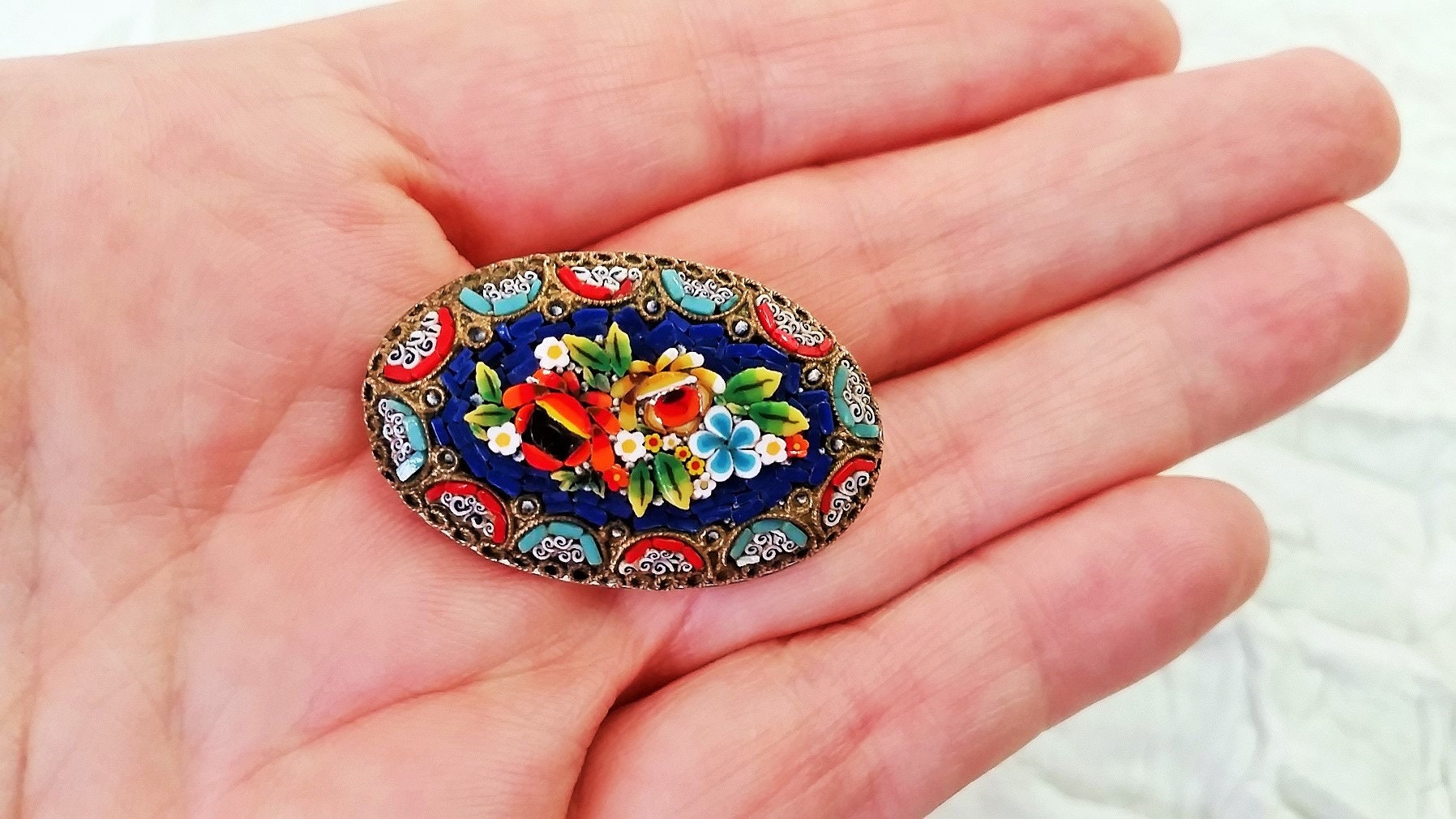

If you are interested in joining the Network or want more information please contact Liz James or the Network Facilitator Bente Bjornholt. For other directors and collaborators please follow 'People' link on the left. It remains housed in the Centre for byzantine Cultural History. Liz James (Department of Art History, University of Sussex and Sussex Centre for Byzantine Cultural History). The Project was directed from Sussex by Prof. We are grateful to The Leverhulme Trust for undertaking the funding of this International Network. The programme drew together scholars who work on different aspects of glass mosaic production and analysis from the scientific and art historic worlds, but who rarely, if ever, meet and discuss their common concerns. The network brought together a range of scholars from Europe and America interested in the chemical and physical analysis of Byzantine glass together with those concerned with the formal and cultural aspects of Byzantine mosaics in order to reappraise mosaics and mosaic making in this interdisciplinary context. By collating evidence, it should become possible to build up a pattern of mosaic and, further, glass manufacture within the Mediterranean throughout the Middle Ages. In particular, they will address issues of whether patterns occur in the distribution and colours of Byzantine mosaic glass. The workshops will also discuss questions beyond the purely technical. Another is to set up a centralised record of information of this nature, in order to facilitate its comparison. One of the key objectives is to establish a common framework for the testing of glass and the comparison of the scientific data obtained from testing. address technical questions about the manufacture and distribution of coloured glass mosaic tesserae.
#TESSERA MOSAIC SERIES#
The Leverhulme Network ran a series of workshops between 20 in London, Ravenna, Athens and Thessaloniki exploring the nature of Byzantine glass wall mosaics, with particular emphasis on the make-up of the glass.

Only the mosaics themselves speak to their composition. We have no knowledge of the ways in which manufacturing patterns existed and changed over time, or, indeed, of where and exactly how tesserae were created. One of the most important gaps in the study of Byzantine mosaics lies in our understanding of the manufacture of the medium of their composition.

Mosaics are perhaps the most outstanding examples of Byzantine art which survive, yet we know next to nothing about how they were made. Entwistle (British Museum Press, 2014) (the papers from the concluding conference of the Leverhulme International Network) The Project New Light on Old Glass: Byzantine Glass and Mosaics, ed. LIZ JAMES AND BENTE BJORNHOLT DISCUSS THE MOSAICS PROJECT – VIDEO **** A DATABASE OF BYZANTINE STRUCTURES WITH EVIDENCE OF GLASS MOSAICS**** International Network Sponsored by The Leverhulme Trust 2007-2010


 0 kommentar(er)
0 kommentar(er)
